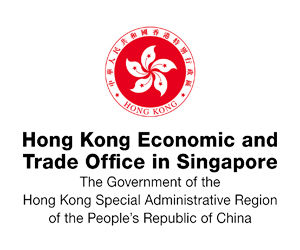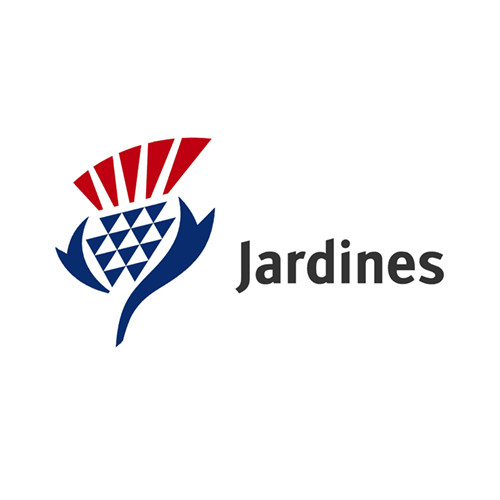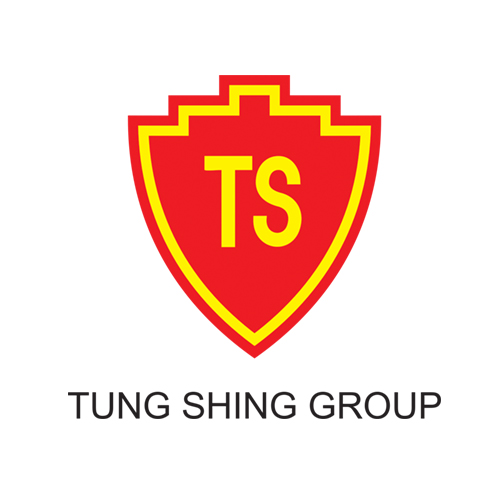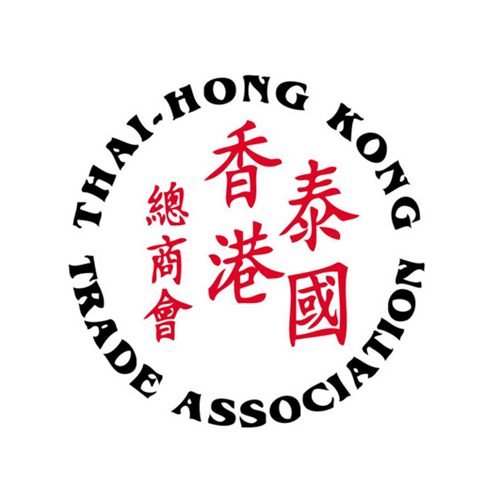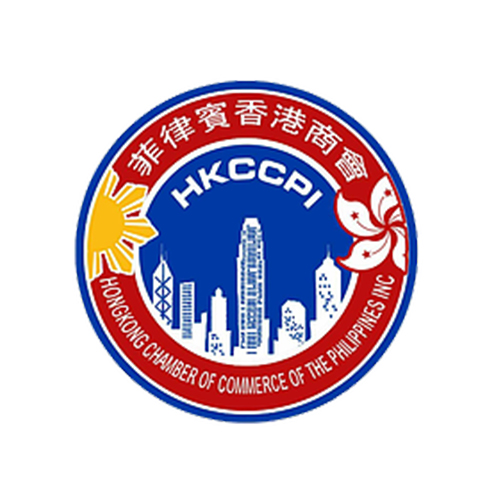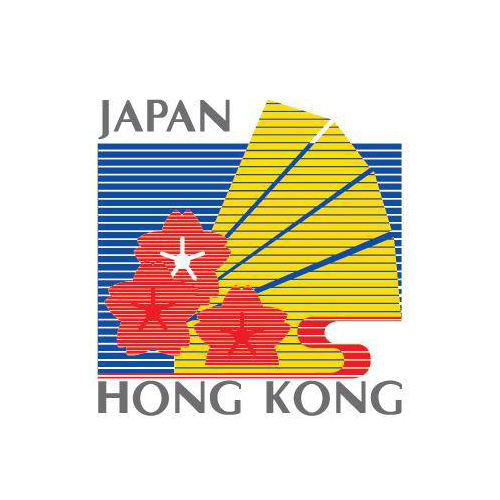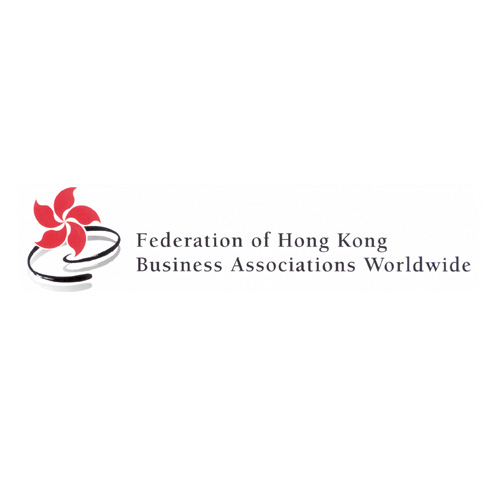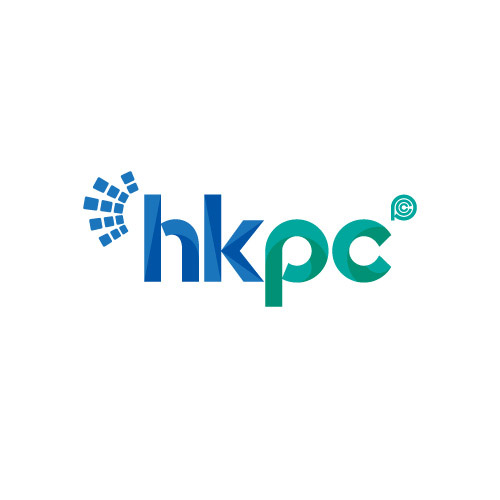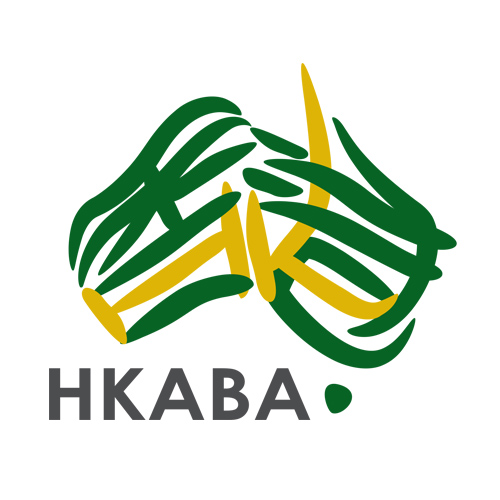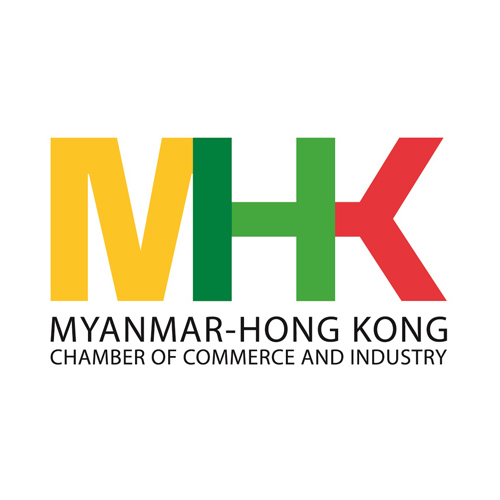Want to be in the loop?
subscribe to
our notification
Business News
GARMENT EXPORTS GROW DESPITE HURDLES
The domestic garment industry has faced many challenges in exporting to key markets, such as the European Union (EU) and the United States, but it still has a chance of achieving its export target this year, according to experts.
First quarter figures appear to support this expectation. Vietnam earned $6.84 billion from garment and textile exports in the first quarter of this year, 11.2 per cent more than in the same period last year, according to the Việt Nam Textile and Apparel Association (VITAS).
Việt Nam’s textile and apparel sector has set a target of seven per cent growth over 2016, with total export earnings of over $30 billion.
Currently, Vietnamese garment and textile products are available in 40 countries and territories, with major markets including the United States, Japan, the Republic of Korea, China and the EU. VITAS has urged enterprises to optimise the capacity of their equipment to reduce production costs and seek orders for high-quality products.
EU limitations
But Đặng Phương Dung of the VITAS advisory board said the growth rate of export value and volume to the EU was low, with local manufacturers receiving only small orders. Việt Nam’s garment industry has also not developed in terms of design, so most textile and garment enterprises have found it difficult to compete for export orders from this market.
High import tax rate of 8-12 per cent to the EU market is also one of the obstacles facing garment exporters to this market.
The EU is the second largest export market of Vietnamese garment products, but it has only captured a 1.9 per cent share of the union’s total import value, according to the association, presenting opportunities for growth.
However, Dung said, meeting the rules of origin under the Việt Nam-EU Free Trade Agreement in terms of preferential tax rate would be the biggest challenge for Vietnamese garment exports.
The garment industry expects ASEAN countries, including Việt Nam, to sign an FTA between the ASEAN region and the EU, and then local garment enterprises would have more options to get material for garment production from other ASEAN countries, meeting rules of origin under the FTA.
According to data of the General Department of Customs, in 2016 the textile and garment sector reached total export value of $23.8 billion, an increase of 4.6 per cent year-on-year. In particular, the United States continued to be the largest export market of Vietnamese garment products, accounting for 48 per cent of the total garment export value. Export value of textiles and garments into the United States has increased by 12-13 per cent each year in recent years.
Many enterprises invested in building textile and dying factories on an extensive and intensive scale to boost opportunities in production and business for the planned Trans Pacific Partnership (TPP), according to the association.
But now that the TPP with the United States is no longer in the cards, experts say these facilities would help the textile and garment industry complete production processes and actively source material, focusing on the significant opportunities offered by other FTAs, such as the Việt Nam-EU FTA and the Việt Nam-Republic of Korea FTA. — VNS
Source: VNS
Related News
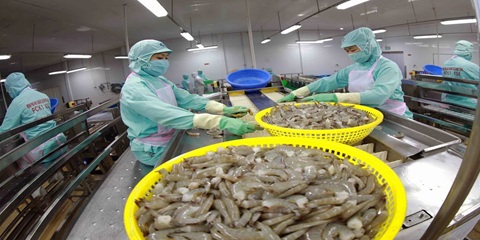
VIETNAM’S SEAFOOD EXPORTS HIT OVER US$10 BILLION IN JAN-NOV
Seafood export revenue in November alone amounted to nearly US$990 million, up 6.6% year-on-year. Key product groups posted solid gains. Shrimp exports rose 11.7% to over US$385 million, supported by strong demand for whiteleg shrimp and lobster. Tra fish shipments increased 9.7% to almost US$197 million, while marine fish, squid, and mollusk exports maintained their recovery.
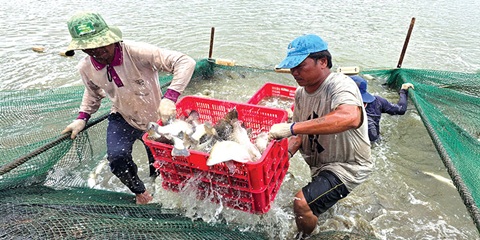
VIETNAM’S AGRO-FORESTRY-FISHERY EXPORTS HIT NEW RECORD IN JAN-NOV
Vietnam’s agro-forestry-fishery export revenue reached an estimated US$64.01 billion in the first 11 months of 2025, up 12.6% year-on-year and surpassing the full-year record of US$62.4 billion set in 2024. Agricultural exports reached US$34.24 billion, up 15% year-on-year, while livestock products brought in US$567.4 million, a 16.8% increase. Seafood exports rose 13.2% to US$10.38 billion, and forestry products earned US$16.61 billion, up 5.9%.

HANOI REPORTS RECORD-HIGH BUDGET REVENUE IN 2025
Hanoi’s budget revenue is estimated to reach VND641.7 trillion in 2025, the highest level ever recorded and nearly 25% above the revised target, according to a report by the municipal government. Data from the city’s socioeconomic performance review shows that total state budget collections in 2025 are projected to reach 124.9% of the adjusted plan and rise 24.9% from 2024, the Vietnam News Agency reported.
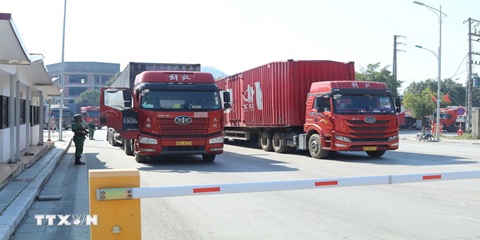
VIETNAM, CHINA TO PILOT TWO-WAY CARGO TRANSPORT AT LANG SON BORDER
Vietnam and China will launch a one-year pilot program on December 10 to allow two-way cargo transport through the Huu Nghi–Youyi Guan international border gates in Lang Son Province, reported the Vietnam News Agency. The Dong Dang-Lang Son Economic Zone Management Board said the trial aims to reduce transport costs and improve customs clearance capacity.
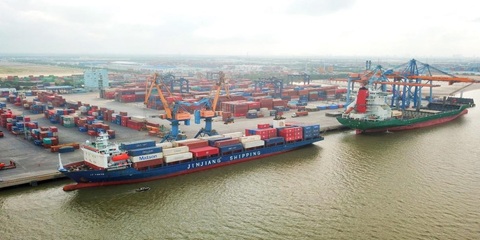
VIETNAM’S IMPORT-EXPORT VALUE NEARS US$840 BILLION IN JAN-NOV
The total value of Vietnam’s imports and exports was nearly US$840 billion between January and November this year, the highest level ever recorded, according to the National Statistics Office. In its latest report on the country’s socio-economic performance, the National Statistics Office highlighted a series of positive economic indicators, with trade emerging as one of the strongest drivers of growth.

OVER 19 MILLION INTERNATIONAL VISITORS COME TO VIETNAM IN JAN-NOV
Vietnam received more than 19.1 million international visitors in the first 11 months of 2025, a 20.9% increase year-on-year and the highest level ever recorded, according to the National Statistics Office. The figure surpasses the full-year record of 18 million arrivals set in 2019, before the Covid-19 pandemic. Nearly two million foreign visitors arrived in November alone, up 14.2% from October and 15.6% from the same period last year.
